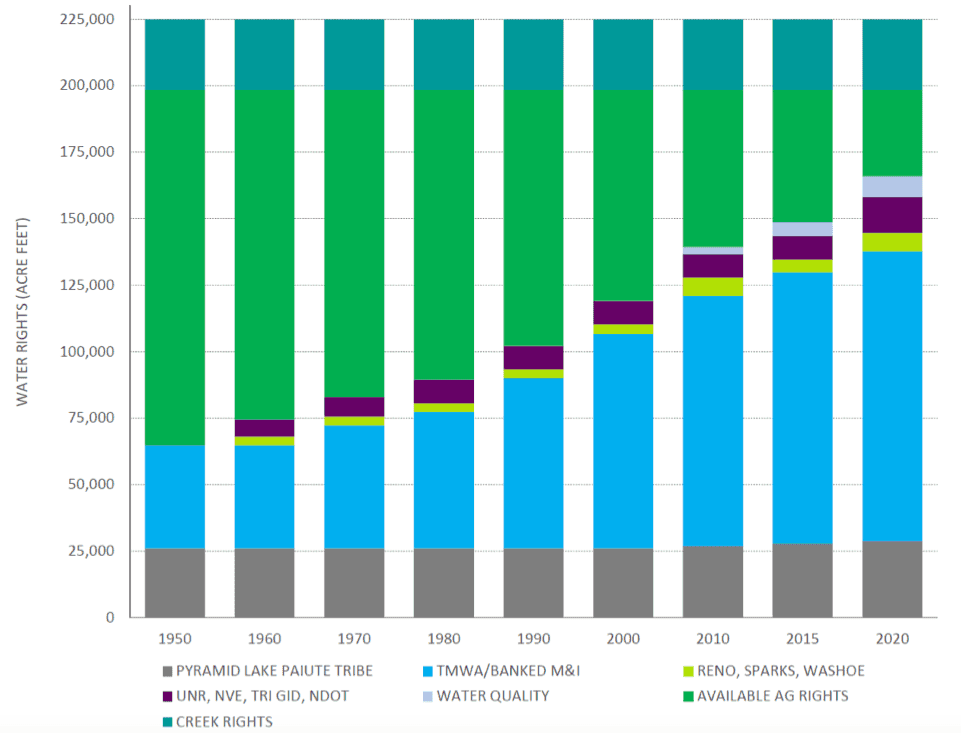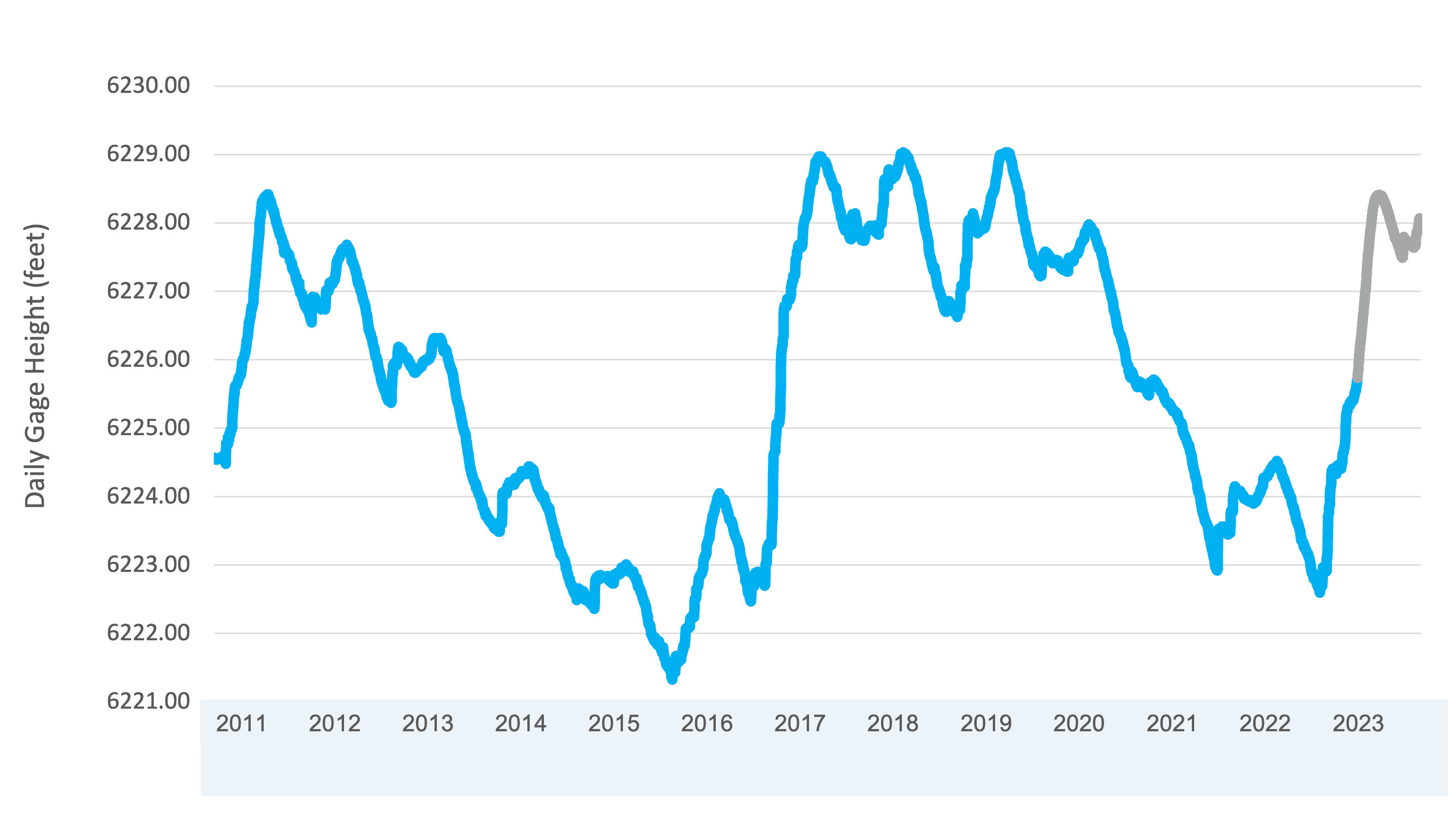Managing the Supply
Participate and Learn
May
Ribbon Cutting: One Truckee River Demonstration Garden
Tuesday, May 21st 4:00 p.m. - 5:00 p.m.
Lake Park, 40 Coleman Drive
Join One Truckee River for a ribbon cutting and walking tour of a new River-Friendly Living Demonstration at Lake Park. It is a free and family-friendly event. The tour will feature ways to improve home landscaping designs and plants to prevent wasteful water run-off. For more information, visit onetruckeeriver.org.
Irrigation Workshop - Drip System Maintenance Made Easy
Thursday, May 23 5:30 p.m. - 6:30 p.m.
Wednesday, May 29 5:30 p.m. - 6:30 p.m.
Attendees will be introduced to the basic concepts of operating, maintaining and repairing a typical residential drip system. Attendees under 18 must be accompanies by an adult.
Both workshops will be held at 1355 Capital Blvd in Reno. Please rsvp by email or call 775-834-8290.
Understand Your Drinking Water-- From Tahoe to Tap!
Wednesday, May 8th 5:30 p.m. - 7:30 p.m.
Glendale Water Treatment Plant, 1205 South 21st St in Sparks
Come ready to learn how water flowing from Lake Tahoe becomes high quality drinking water for over 440,000 people in the Reno/Sparks area. Includes walking up stairs and uneven surfaces. Space is limited, so please rsvp or call 775-834-8290. All attendees will be required to sign a liability waiver. Those under 18 years of age can attend, but must be accompanied by an adult.
Smart About Water Day is Saturday May 4th!
10 a.m. - 2:00 p.m.
McKinley Arts and Culture Center, 925 Riverside Drive in Reno
Get all your questions about water answered by water experts in our community. From long-term water planning with ways to conserve water this summer, the event is a family friendly event with interactive exhibits, food trucks and informative presentations including a Water Supply Outlook that will give you insight into what this past winter means for our drinking water supply.

